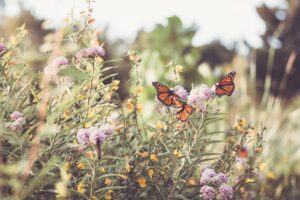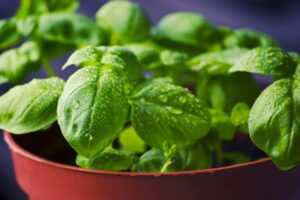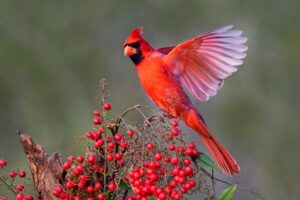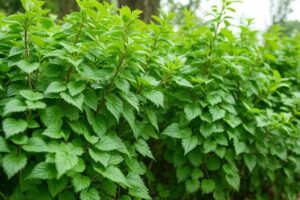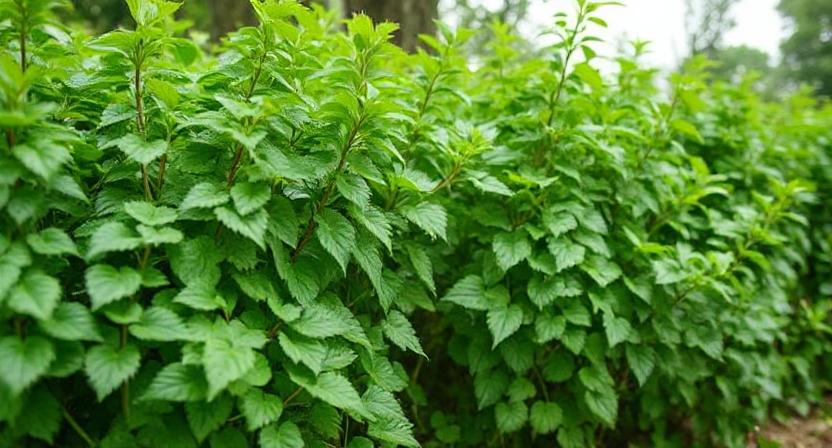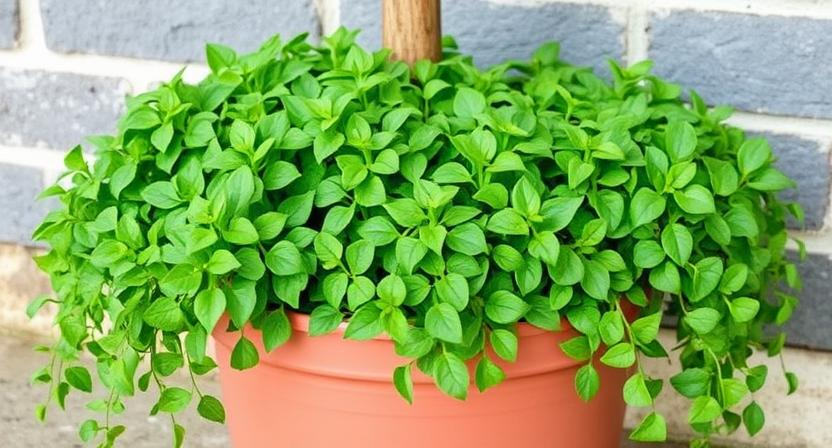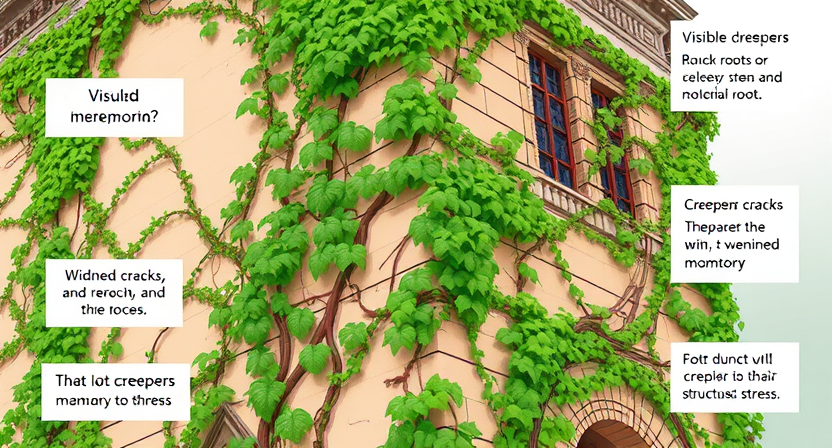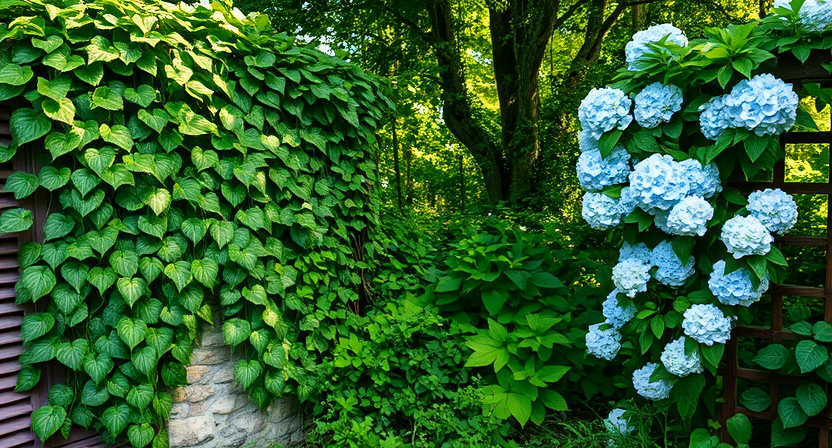Life Cycle of Creepers
Creepers, also known as climbing plants, undergo a fascinating life cycle marked by distinct stages of growth. The journey begins with the germination process, where seeds sprout, fueled by moisture and warmth. As the seeds develop, they send down roots into the soil, anchoring themselves securely. Simultaneously, the shoot emerges and begins its upward journey towards sunlight. This early development phase is characterized by the growth of delicate stems and leaves, eagerly extending towards any support available.
In time, the creeper enters its maturation period. During this stage, the plant’s growth accelerates as it vigorously climbs and twines around its support. The signs of maturity become evident as the creeper develops a dense and lush foliage, providing shade and shelter for its surroundings. Factors such as sunlight, nutrients, and water availability play crucial roles in determining the pace and extent of the creeper’s growth, highlighting the importance of providing the optimal environmental conditions for its maturity. Understanding the life cycle of creepers helps gardeners and enthusiasts effectively care for these plants, fostering their development and enhancing the beauty of their landscapes.
• Germination process: Seeds sprout, fueled by moisture and warmth
• Roots development: Seeds send down roots into the soil to anchor themselves securely
• Shoot emergence: The shoot emerges and starts growing upwards towards sunlight
• Growth of delicate stems and leaves: Stems and leaves eagerly extend towards any available support
• Maturation period: The creeper’s growth accelerates as it climbs and twines around its support
• Dense foliage development: The creeper develops a lush foliage, providing shade and shelter for surroundings
• Importance of environmental factors: Sunlight, nutrients, and water availability determine the pace and extent of growth
• Care for creepers: Understanding their life cycle helps gardeners effectively care for these plants
• Enhancing landscapes’ beauty: Proper care fosters development and enhances the beauty of landscapes.
Stages of Creeper Growth
The growth of creepers can be divided into several stages, each marking a significant milestone in their development. The first stage is the germination process, where the seed of a creeper sprouts and begins to establish its root system. This is followed by the early development stage, during which the creeper starts to grow its leaves and stems, gradually extending its reach.
As the creeper continues to mature, it enters the maturation period, a crucial stage where it focuses on developing its flowers and fruits. Signs of maturity in creepers can vary depending on the species, such as the color and size of the flowers or the formation of ripe fruits. However, regardless of the specific indicators, it is during this phase that creepers are at their peak in terms of growth and reproduction. Understanding the stages of creeper growth can help gardeners and plant enthusiasts better appreciate the intricate journey these fascinating plants go through.
• Germination process: The seed of a creeper sprouts and establishes its root system.
• Early development stage: The creeper grows leaves and stems, gradually extending its reach.
• Maturation period: The creeper focuses on developing flowers and fruits.
• Signs of maturity vary depending on the species, such as color and size of flowers or formation of ripe fruits.
• Creepers are at their peak in terms of growth and reproduction during this phase.
Factors Affecting Creeper Maturity
Factors affecting creeper maturity include environmental conditions, genetic factors, and proper care and maintenance.
Environmental conditions play a crucial role in the maturity of creepers. Factors such as temperature, sunlight exposure, and moisture levels must be optimal for the creepers to reach their full potential. Different types of creepers have different preferences when it comes to these conditions, so it is important to research and understand the specific requirements of the creepers you are growing. Additionally, the soil quality and nutrient availability also impact the maturity of creepers. Providing the right soil composition and ensuring adequate fertilization can greatly contribute to the successful growth and maturity of creepers.
Genetic factors also influence the maturity of creepers. Different varieties of creepers have varying growth rates and maturity periods. Some varieties may take longer to mature, while others might be more resilient and develop at a faster pace. It is essential to select creepers that are suitable for your specific climate and growing conditions to maximize the chances of successful maturity. Moreover, proper care and maintenance, such as regular pruning, watering, and pest control, are fundamental in ensuring the health and maturity of creepers. Neglecting these essential practices can hinder the growth and maturity of the creepers, leading to stunted development or even plant death.
• Environmental conditions such as temperature, sunlight exposure, and moisture levels must be optimal for creeper maturity
• Different types of creepers have different preferences for environmental conditions
• Soil quality and nutrient availability also impact the maturity of creepers
• Providing the right soil composition and adequate fertilization contributes to successful growth and maturity
• Genetic factors influence the maturity of creepers
• Different varieties of creepers have varying growth rates and maturity periods
• Selecting creepers suitable for specific climate and growing conditions maximizes chances of successful maturity
• Proper care and maintenance are essential for creeper health and maturity
• Regular pruning, watering, and pest control contribute to proper care
• Neglecting these practices can hinder growth and lead to stunted development or plant death
Germination Process of Creepers
Germination is a crucial stage in the life cycle of creepers, marking the beginning of their growth and development. During this process, creepers undergo various transformations to emerge from their dormant state and establish themselves firmly in the soil.
The germination process typically starts with the absorption of water by the seed, triggering metabolic activities within. This leads to the swelling and softening of the seed coat, allowing the embryonic plant to break free. As the seed germinates, a tiny root called the radicle emerges first, anchoring the creeper to the ground. Subsequently, a shoot emerges from the seedling, seeking sunlight and nutrients for sustained growth. Overall, the germination process is influenced by factors such as temperature, moisture, and soil conditions, which collectively determine the success of the creeper’s establishment.
• The germination process of creepers is a crucial stage in their life cycle.
• Germination marks the beginning of growth and development for creepers.
• Water absorption by the seed triggers metabolic activities within, leading to seed coat swelling and softening.
• The radicle, a tiny root, emerges first during germination to anchor the creeper to the ground.
• A shoot then emerges from the seedling, seeking sunlight and nutrients for sustained growth.
• Factors such as temperature, moisture, and soil conditions influence the success of creeper establishment.
Early Development of Creepers
During the early development stage, creepers go through a series of important processes that set the foundation for their future growth. A crucial step in this stage is the germination process. Creepers typically require specific environmental conditions, including adequate moisture and sunlight, for successful germination. Once the seeds have sprouted, they begin to develop a root system that helps them anchor into the soil and absorb necessary nutrients.
As the creepers continue to grow, they start producing their initial set of leaves. These leaves play a vital role in photosynthesis, allowing the plant to convert sunlight into energy. In turn, this energy fuels the further development of the creeper. It is during this early development stage that careful attention to environmental conditions is essential. Providing a suitable balance of water, nutrients, and light can greatly contribute to the healthy growth and establishment of the creeper. Additionally, protection from pests and excessive competition with other plants can help optimize its growth potential.
By focusing on the early development of creepers, we gain a better understanding of the critical factors that influence their overall growth and success. Proper care and environmental management during this stage play a crucial role in ensuring the creeper’s long-term vitality. As we continue to explore the various stages of creeper growth, we will delve deeper into the factors that affect their maturity and discover effective methods for promoting their development.
• Germination process is a crucial step in the early development of creepers
• Creepers require specific environmental conditions for successful germination, including moisture and sunlight
• Once sprouted, creepers develop a root system to anchor into the soil and absorb nutrients
• Initial set of leaves are produced during this stage, which play a vital role in photosynthesis
• Careful attention to environmental conditions is essential for healthy growth and establishment of the creeper
• Providing a suitable balance of water, nutrients, and light can greatly contribute to optimal growth
• Protection from pests and excessive competition with other plants can help optimize growth potential
• Early development plays a critical role in determining the overall success and vitality of creepers
• Proper care and environmental management during this stage are important for long-term growth
Maturation Period of Creepers
During the maturation period, creepers undergo significant growth and transformation. As the plant reaches this stage, it begins to exhibit signs of maturity, both in terms of its physical appearance and reproductive capabilities. The length of the maturation period varies depending on the type of creeper and environmental conditions.
One of the key indicators of a creeper entering its maturation period is the development of flowers or fruits. These reproductive structures enable the plant to reproduce and spread its seeds. Additionally, during this stage, the creeper might experience a rapid increase in size and length. As it continues to grow, the creeper’s tendrils extend and entwine around nearby structures or supports, allowing it to climb and cover larger areas.
• Flowers or fruits develop
• Rapid increase in size and length
• Tendrils extend and entwine around nearby structures or supports
Signs of Maturity in Creepers
The signs of maturity in creepers are often evident as they reach a certain stage in their life cycle. One of the key indicators is the development of flowers. Mature creepers produce vibrant and colorful blooms, showcasing the full potential of their reproductive capabilities. These blooms are not only visually pleasing but also serve a critical purpose in attracting pollinators to aid in the process of reproduction. The appearance of flowers is therefore a clear sign that the creeper has reached maturity.
Another sign of maturity in creepers is the formation of fruits or seed pods. Once a creeper has successfully completed the process of pollination, the fertilized flowers will give way to the production of fruits or seed pods. These structures contain the seeds necessary for the creeper’s reproduction and dispersal. The formation and maturation of fruits signify that the creeper has successfully progressed through its lifecycle and is ready to continue its species’ growth and survival. It is an exciting stage for gardeners and nature enthusiasts to witness, as it marks the culmination of the creeper’s journey towards maturity.
• Development of flowers: Mature creepers produce vibrant and colorful blooms
• Flowers attract pollinators to aid in reproduction
• Appearance of flowers indicates maturity in creepers
• Formation of fruits or seed pods: Signifies successful completion of pollination process
• Fruits contain seeds necessary for creeper’s reproduction and dispersal
• Maturation of fruits signifies progression through lifecycle
• Exciting stage for gardeners and nature enthusiasts to witness
Environmental Conditions for Creeper Maturity
Creepers, like any other plants, require specific environmental conditions to reach their full maturity. One of the most critical factors is sunlight. Creepers thrive in well-lit areas where they can receive ample sunlight throughout the day. Lack of light can result in stunted growth and hinder the creeper’s ability to reach maturity. Adequate exposure to sunlight allows creepers to engage in photosynthesis, a vital process that produces food and energy for the plant.
Another crucial environmental condition for creeper maturity is water availability. Creepers need a consistent supply of water to sustain their growth and development. However, it is equally important to ensure proper drainage and prevent excessive waterlogging, as it can lead to root rot and other fungal diseases. Striking a balance between sufficient watering and avoiding waterlogging is key to supporting the creeper’s overall health and promoting its maturity. Additionally, proper watering helps transport nutrients from the soil to different parts of the creeper, aiding in its growth and maturity.
• Sunlight is a critical factor for creeper maturity
• Lack of light can result in stunted growth
• Adequate exposure to sunlight allows creepers to engage in photosynthesis
• Photosynthesis produces food and energy for the plant
• Water availability is crucial for creeper maturity
• Creepers need a consistent supply of water for growth and development
• Proper drainage is important to prevent root rot and fungal diseases
• Striking a balance between sufficient watering and avoiding waterlogging is key
• Proper watering helps transport nutrients from the soil to different parts of the creeper
aiding in its growth and maturity.
Comparison of Creeper Growth Rates
Creepers, with their ability to climb and spread, exhibit varying growth rates depending on different factors. One crucial factor impacting their growth is the species of the creeper itself. Each creeper species has its own specific growth rate, influenced by genetic factors and inherent characteristics. For example, some creepers may have a rapid growth rate, rapidly covering walls and fences within a few months, while others may have a slower growth rate, taking several years to reach maturity. Understanding these variations can help gardeners choose the right creeper for their specific needs.
Aside from species variation, environmental conditions also play a significant role in the growth rates of creepers. Factors such as sunlight, temperature, soil moisture, and nutrient availability can affect how quickly a creeper grows. Creepers that thrive in sunny and warm conditions tend to have faster growth rates, maximizing their photosynthetic capabilities. Similarly, adequate moisture and nutrient supply in the soil promote healthy root development, enabling creepers to grow at a faster pace. On the other hand, unfavorable conditions like shade, extreme temperatures, or nutrient deficiencies may hinder the growth rate of creepers, requiring more patience and care from the gardener.
• Species variation is a crucial factor influencing the growth rates of creepers.
• Some creepers have rapid growth rates, while others have slower growth rates.
• Understanding these variations can help gardeners choose the right creeper for their needs.
• Environmental conditions such as sunlight, temperature, soil moisture, and nutrient availability also impact creeper growth rates.
• Creepers that thrive in sunny and warm conditions tend to grow faster due to increased photosynthetic capabilities.
• Adequate moisture and nutrient supply in the soil promote healthy root development and faster growth.
• Unfavorable conditions like shade, extreme temperatures, or nutrient deficiencies may hinder creeper growth.
Tips for Promoting Creeper Maturity
Creepers are beautiful and versatile plants that can add a touch of elegance to any garden or outdoor space. To make sure your creepers reach their full potential and achieve maturity, here are some helpful tips for promoting their growth.
Firstly, it is essential to provide the creepers with adequate sunlight. Most creepers thrive in direct sunlight for at least six to eight hours a day. Place them in a spot where they receive the maximum amount of sunlight to encourage healthy growth and blooming.
Secondly, regular watering is crucial for promoting creeper maturity. Keeping the soil moist, but not saturated, is important to maintain the right balance of hydration. However, be sure not to overwater as this can lead to root rot and other diseases. Test the soil with your finger and water only when the top inch feels dry.
Stay tuned for the next section of the article where we will explore other key factors that can impact the maturity of creepers. Following these tips will help you create an ideal environment for your creepers to flourish and bring beauty to your surroundings.
• Provide creepers with adequate sunlight for at least six to eight hours a day
• Place them in a spot where they receive the maximum amount of sunlight
• Encourage healthy growth and blooming by ensuring proper sunlight exposure
• Regular watering is crucial for promoting creeper maturity
• Keep the soil moist, but not saturated, to maintain hydration balance
• Avoid overwatering to prevent root rot and other diseases
• Test the soil moisture with your finger before watering
Following these tips will help create an ideal environment for creepers to flourish and bring beauty to your surroundings.


